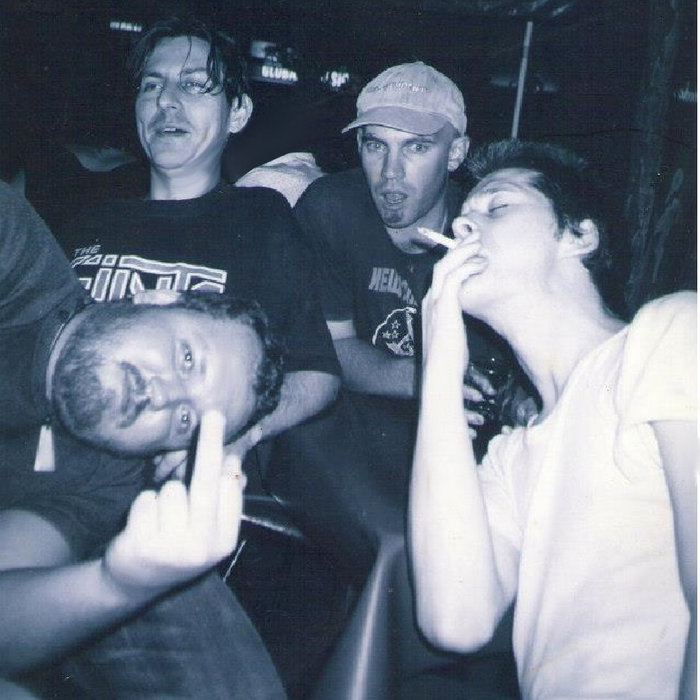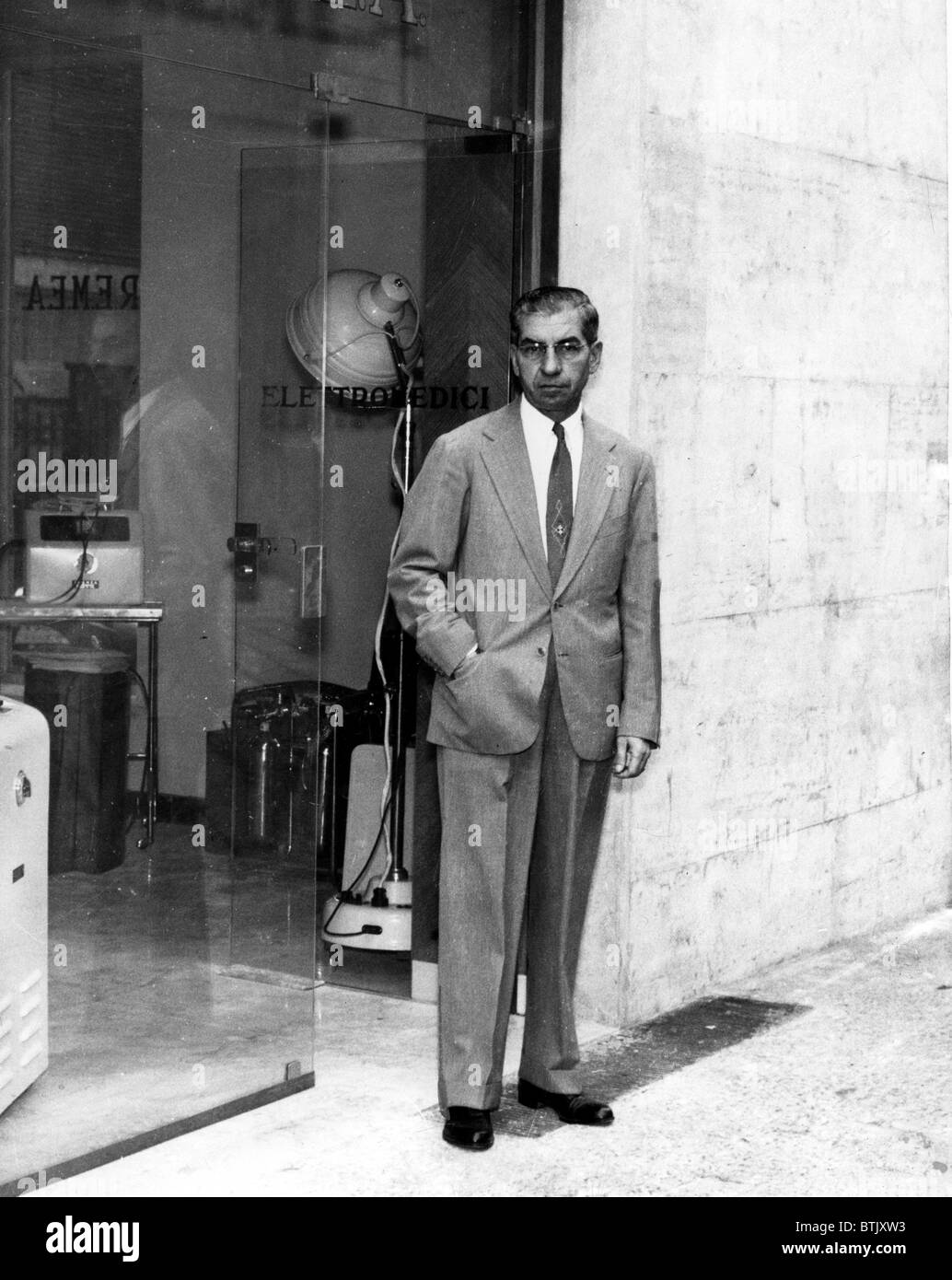La Cosa Nostra, often referred to as the “Mafia,” is a term that has become synonymous with organized crime in the United States. But what exactly does it mean, and how did it come to be such a powerful and enduring institution? This article delves into the origins, structure, and history of La Cosa Nostra, shedding light on its influence in American society and its connections to the Sicilian Mafia.
The Meaning of La Cosa Nostra
The phrase “La Cosa Nostra” translates from Italian to “Our Thing” or “Our Business.” It is a term used by members of the Sicilian Mafia to describe their criminal organization. While the term is often used interchangeably with “Mafia,” it specifically refers to the Sicilian-American version of the organization, which has deep roots in both Italy and the United States.
In the U.S., La Cosa Nostra is structured around a network of families, each led by a boss (or “don”) who oversees operations in a specific territory. These families are known for their strict hierarchy, codes of conduct, and loyalty to one another. The organization has been involved in various illegal activities, including extortion, gambling, drug trafficking, and murder.
Origins of the Sicilian Mafia
The origins of the Sicilian Mafia can be traced back to the 19th century, during a time of political upheaval and lawlessness in Sicily. The Mafia emerged as a form of self-defense against bandits and corrupt officials, with local landowners hiring private armies to protect their properties. Over time, these groups evolved into more organized criminal syndicates, using violence and intimidation to control local economies and enforce their own rules.
The Sicilian Mafia was not just a response to lawlessness; it also served as an alternative legal system. Members of the Mafia, known as mafiosi, acted as arbiters in disputes, enforcing agreements and collecting tribute from those who sought their protection. This system, known as omertà (a code of silence), ensured that no one would betray the organization, even if they were victims of its crimes.
La Cosa Nostra in the United States
The migration of Sicilian immigrants to the United States in the late 19th and early 20th centuries brought the Mafia with them. Many of these immigrants arrived in cities like New York and New Orleans, where they established criminal enterprises that mirrored the structures of the Sicilian Mafia.
One of the earliest known Sicilian Mafia members to arrive in the U.S. was Giuseppe Esposito, who emigrated in 1881. He was later arrested and extradited after committing murders in Sicily. However, his arrival marked the beginning of the Mafia’s expansion into America.
New Orleans became a hub for early Mafia activity, particularly in the late 1800s. In 1890, a New Orleans police superintendent was murdered, leading to the arrest and eventual acquittal of 19 Sicilian immigrants. A lynch mob then killed 11 of the defendants, a tragic event that convinced the Mafia to avoid targeting law enforcement in the future.
The Rise of the Five Families

By the early 20th century, the Mafia in the U.S. had evolved into a more structured organization. Two of the most powerful figures in this period were Joseph Masseria and Salvatore Maranzano. Maranzano eventually emerged as the leader of what would become known as La Cosa Nostra, establishing a formal structure that included the concept of “families” and a code of conduct.
Maranzano’s reign was short-lived, as he was murdered in 1943 by Charles “Lucky” Luciano, the boss of the Genovese family. Luciano went on to create the “Commission”, a group of bosses from the major families who would oversee the operations of La Cosa Nostra and resolve disputes between them.
The Commission and the Boss of Bosses
The Commission played a crucial role in maintaining order among the five major families: the Gambino, Genovese, Colombo, Bonanno, and Lucchese. Each family was led by a boss, and the Commission ensured that no single family could dominate the others. The head of the Commission was often referred to as the “boss of bosses” or “Godfather.”
One of the most well-known bosses of bosses was Paul Castellano, who took over the Gambino family in 1976. Castellano was known for his strict adherence to the old ways and his refusal to engage in drug trafficking, which he believed posed too great a risk of betrayal.
However, Castellano’s leadership was short-lived. He was murdered in 1985, reportedly due to tensions within the Gambino family and concerns about his cooperation with federal authorities.
The Role of Law Enforcement
For many years, the FBI and other law enforcement agencies struggled to understand and combat La Cosa Nostra. It wasn’t until the 1950s that significant progress was made. In 1957, the FBI uncovered a secret meeting of Mafia bosses in Apalachin, New York, which revealed the extent of the organization’s power.
In 1962, Joseph Valachi, a member of the Genovese family, broke the code of silence and testified before Congress about the structure and operations of the Mafia. His testimony provided valuable information to law enforcement, although it did little to stop the organization’s activities.
Modern-Day La Cosa Nostra

Today, La Cosa Nostra continues to exist, though it has adapted to the changing times. While it remains involved in traditional rackets like gambling and loan-sharking, it has also expanded into areas such as mortgage fraud and illegal gambling.
Despite increased law enforcement efforts, the Mafia still operates in the shadows, maintaining its hierarchical structure and code of silence. However, the rise of other criminal organizations, such as the ’Ndrangheta in Calabria, has challenged the dominance of the Sicilian Mafia in some regions.
Conclusion
La Cosa Nostra, or the Mafia, is more than just a criminal organization—it is a complex and deeply rooted institution with a long and violent history. From its origins in Sicily to its establishment in the United States, the Mafia has shaped the landscape of organized crime in ways that continue to be felt today.
Understanding the meaning and history of La Cosa Nostra is essential for anyone interested in the evolution of crime in America. As law enforcement continues to fight against organized crime, the legacy of the Mafia serves as a reminder of the challenges that remain in the ongoing battle against corruption and violence.
Author: John D. Miller
Title/Role: Crime Analyst and Journalist
Credentials: With over 15 years of experience covering organized crime, John has written extensively on the history and impact of the Mafia in the United States.
Profile Link: johnmiller-crimeanalysis.com
Sources:
– Britannica.com – “La Cosa Nostra”
– FBI.gov – “Organized Crime”
– History.com – “The History of the Mafia”
Internal Links:
– What Is the Sicilian Mafia?
– The Rise of the Five Families
– Modern Organized Crime in the US
Call to Action: Stay updated with the latest news on organized crime and its impact on society. Explore our articles to learn more about the ever-evolving world of the Mafia.
URL Slug: us-trending-news-la-cosa-nostra
Image Optimization:
–
–
– 
–
– 
Schema Markup:
{
"@context": "https://schema.org",
"@type": "Article",
"headline": "US Trending News: What Is La Cosa Nostra? Understanding the Origins and History of the Mafia",
"datePublished": "2025-04-05",
"author": {
"@type": "Person",
"name": "John D. Miller"
},
"publisher": {
"@type": "Organization",
"name": "Crime Analysis Today",
"logo": {
"@type": "ImageObject",
"url": "https://www.johnmiller-crimeanalysis.com/logo.png"
}
}
}
Featured Snippet (40-60 words):
La Cosa Nostra, or the Mafia, is a Sicilian-American organized crime syndicate. Originating in Sicily, it expanded to the U.S. in the late 19th century. Structured into families, it operates through a strict hierarchy, engaging in activities like extortion and gambling. The term “La Cosa Nostra” means “Our Thing,” reflecting its code of silence and loyalty.











More Stories
The Ultimate Guide to Choosing the Perfect Wedge Pillow for Comfort and Health
US Trending News: The Legacy of ‘War and Peace’ Movie: A Timeless Cinematic Masterpiece
US Trending News: The Vesia Family: A Deep Dive into Their Background and Legacy